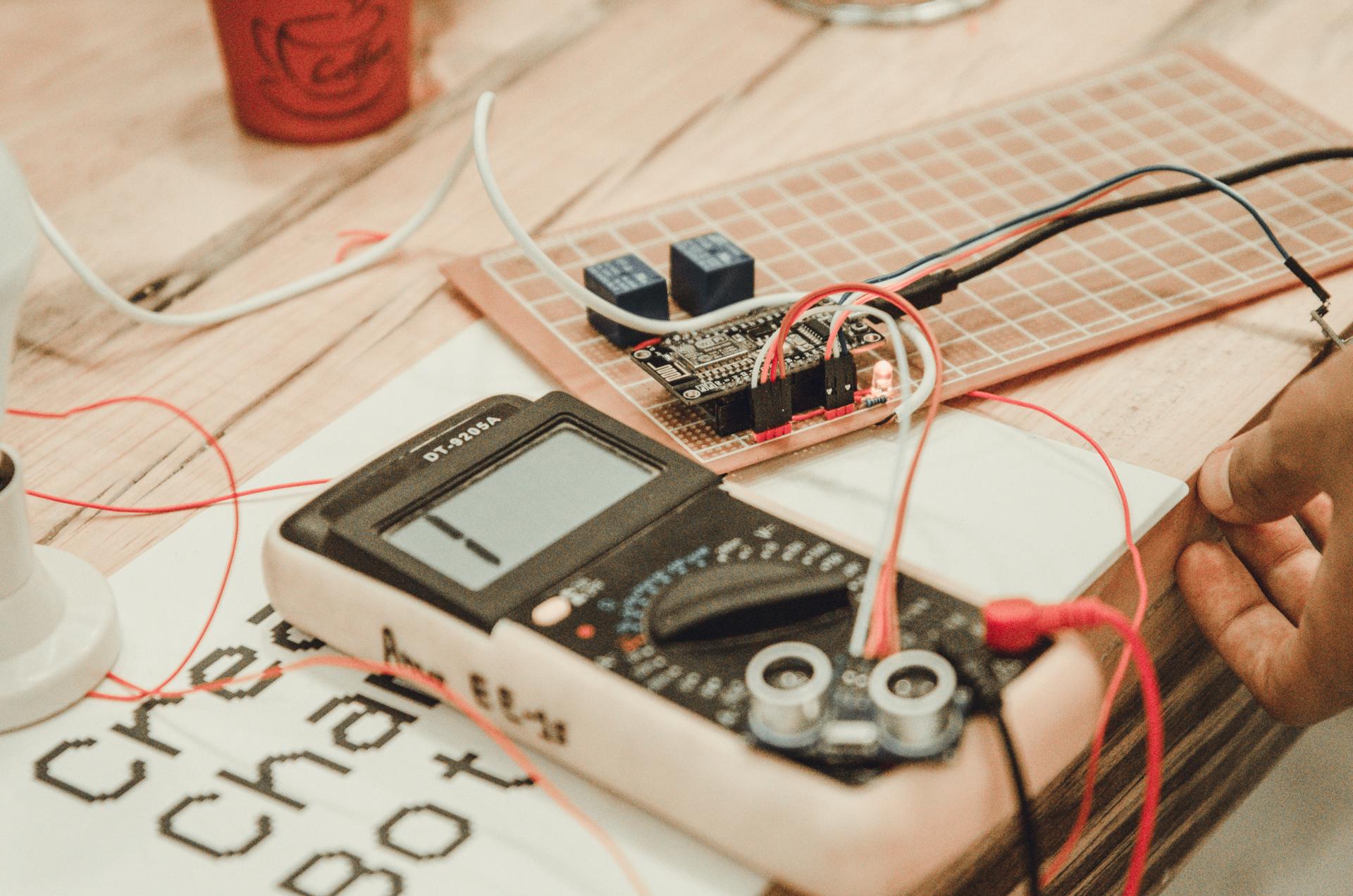House Electrical Safety: A Guide to Conducting an Electrical Security Test

When it comes to security in your home, one of the primary areas to think about is the safety of electrical wiring. Electrical safety testing is the process of evaluating the electrical system in your home to make sure it’s safe and up-to-code. In this article we’ll give you information on what electrical safety testing are, what tools you’ll need for conducting them, how to perform the tests, and the warning signs to look out for.
What’s an Electrical Safety Test?
An electrical safety test is the process of inspecting the electrical system within your home to make sure it is safe and working in a proper manner. Safety tests for electrical appliances are crucial because they can help in preventing electrical fires and electrical accidents as well as ensure the durability the electrical systems you have.
Tools Required to conduct an electrical Safety Test
To conduct an electrical safety test you’ll need a few essential equipment. They include the voltage tester, a continuity tester, circuit tester as well as an outlet tester. It is utilized to look for live circuits while the continuity tester looks for damaged circuits. Circuit testers are used to check for wiring faults, and the outlet tester is used to check for electrical issues in outlets. It’s important to use these tools correctly to get precise results.
How do I Conduct an Electrical Safety Test
To conduct an electric safety check at your home take these steps:
Turn off the power to the circuit you’re conducting tests on.
Make use of this voltage tester to check whether there are live circuits.
Use the test for continuity to look for damaged circuits.
Make use of the circuit tester to check for wiring faults.
Utilize the tester for outlets to check for wiring problems in the outlets.
During the testing process make sure you look for any signs of damage or wear on the wiring, such as frayed or broken wires, burn marks, as well as loose or damaged connections. If you find any issues that need attention, you must address the issues as soon as you can to prevent potential hazards.
Signals of electrical problems to Watch Out For
There are many indicators that may indicate electrical issues in your home. They include flickering light bulbs and frequent circuit breaker trips noises that crackle or buzz emanating from outlets, outlet that are hot or discolored as well as a burning smell. If you spot any of these signs, it’s important to get to work immediately to avoid possible electrical hazards.
Conclusion
Electrical safety tests are crucial to ensure the safety of your home and your family. By conducting regular tests and addressing any issues promptly you will be able to prevent electrical hazards and extend the life of your electric system. If you need assistance with electrical testing or repairs do not hesitate to call Local Electrician Eastern Creek. Our knowledgeable team will provide you with expert guidance and assistance. Contact us at 1300 610 481 to schedule an appointment or to request a quote.
FAQ Section
When should I conduct an electrical safety check in my home?
We suggest conducting tests of electrical safety at least every year.
Do I have the ability to conduct an electric safety check on my own , or do I need a professional?
While you can perform an electrical safety test on your own, it’s recommended to hire an expert to ensure the accuracy of results and to avoid any potential dangers.
Which are the top frequently encountered electrical problems that can be found in an electrical safety test?
The most frequently-repeated electrical issues that are discovered during a safety test include malfunctioning wiring, overloaded circuits and obsolete electrical systems.
What should I do if find an issue in the electrical safety test?
If you discover a problem in the electrical safety test It is crucial to act quickly. This may involve making contact with a professional electrician to fix the problem, or replacing faulty equipment.
